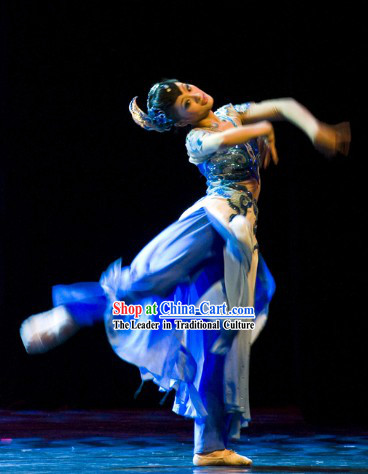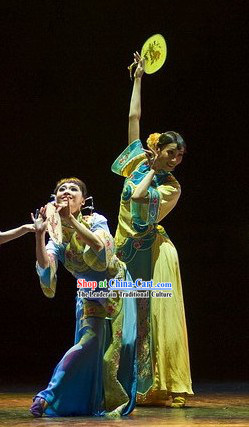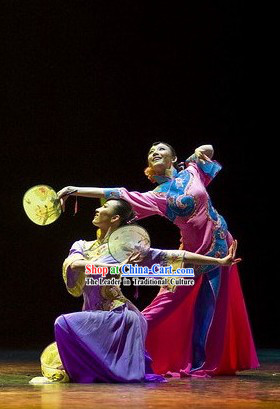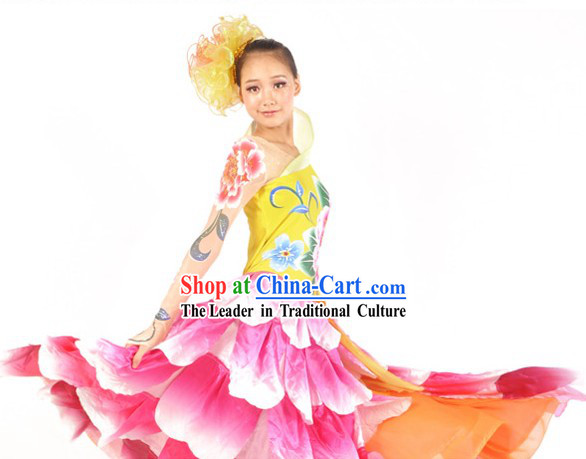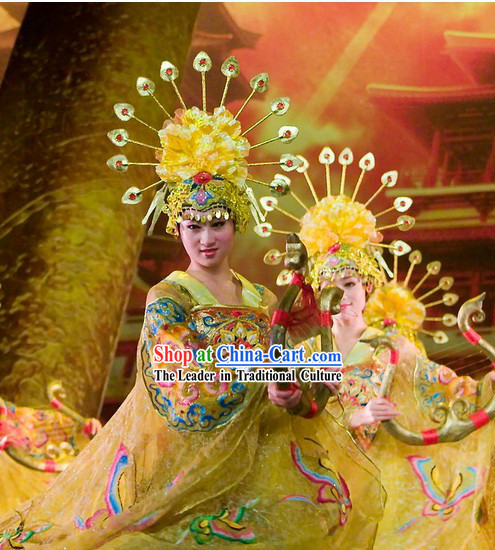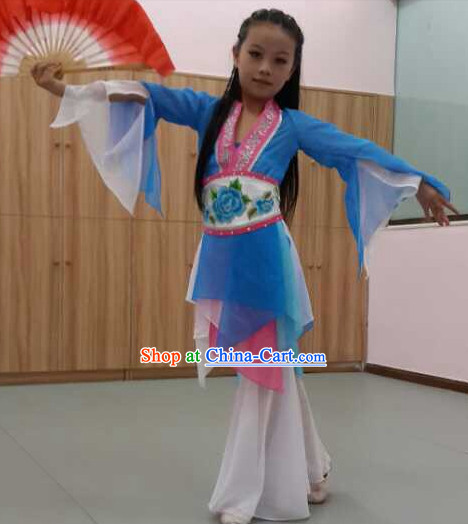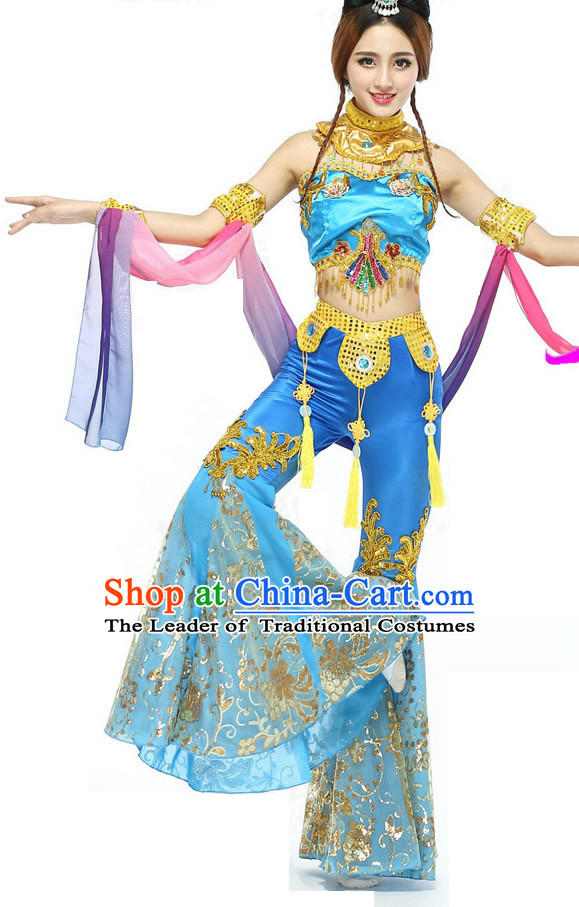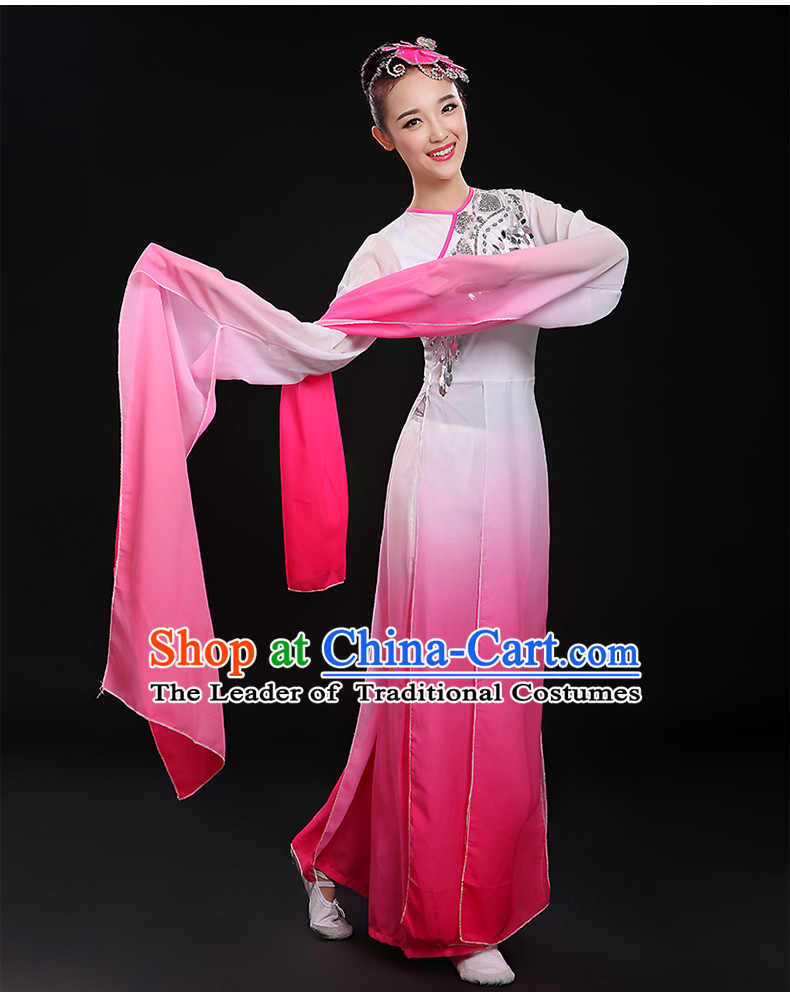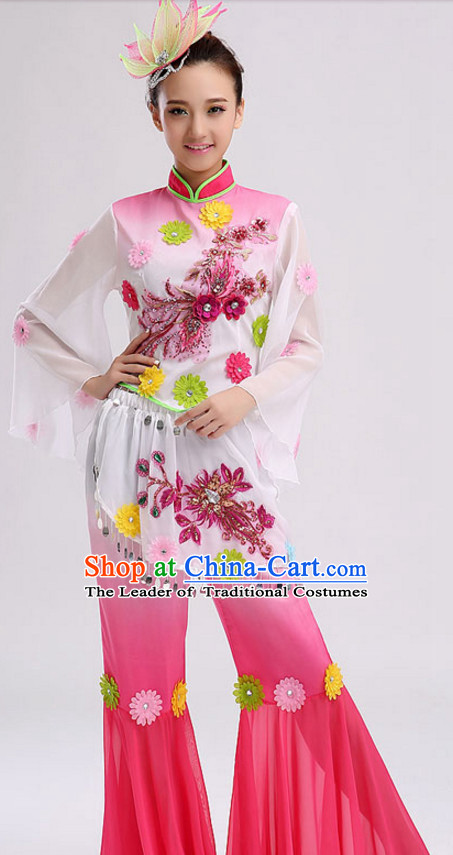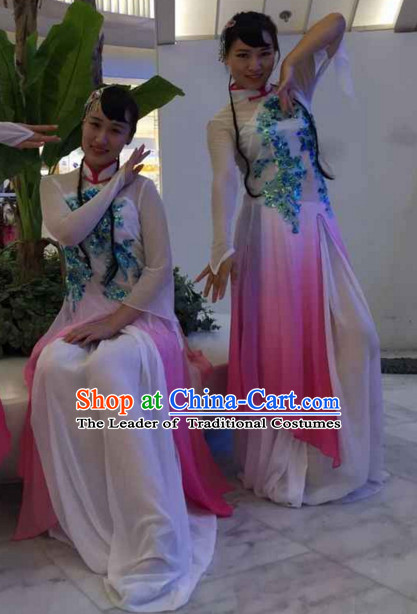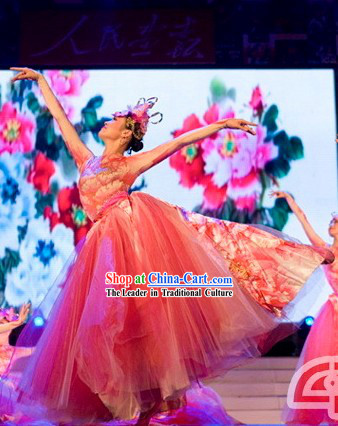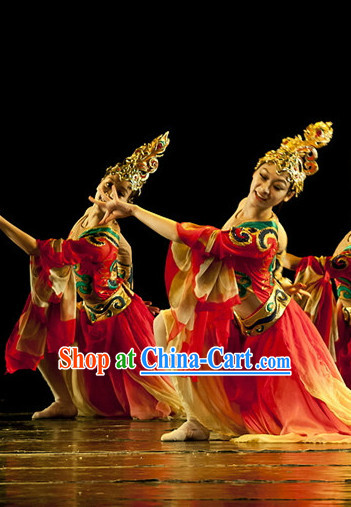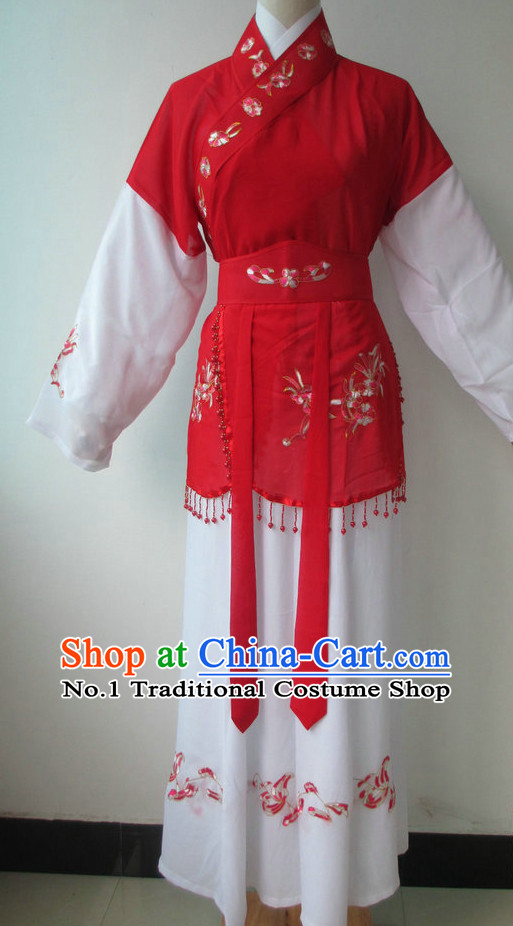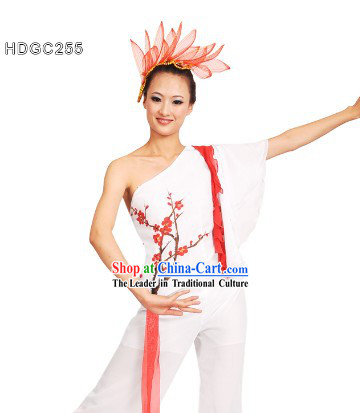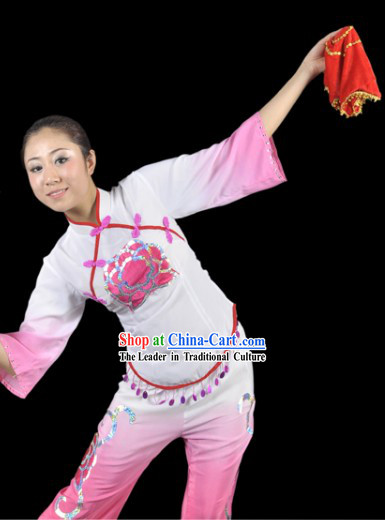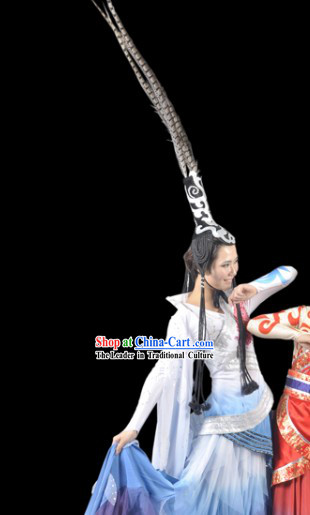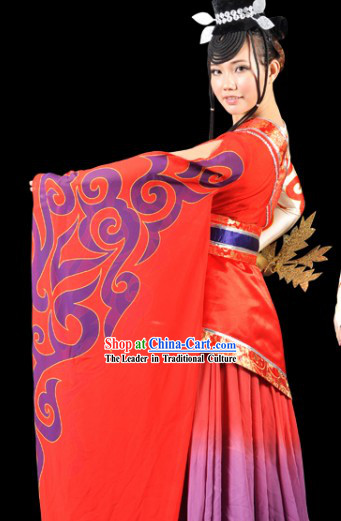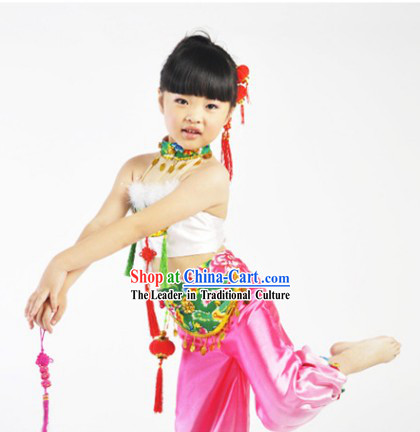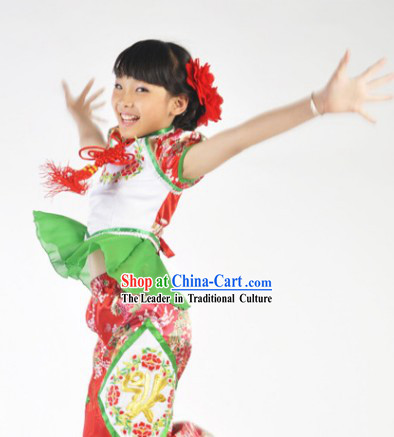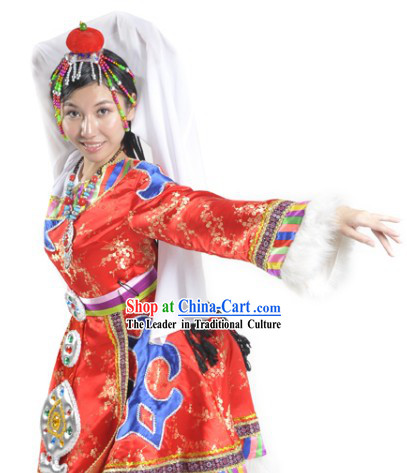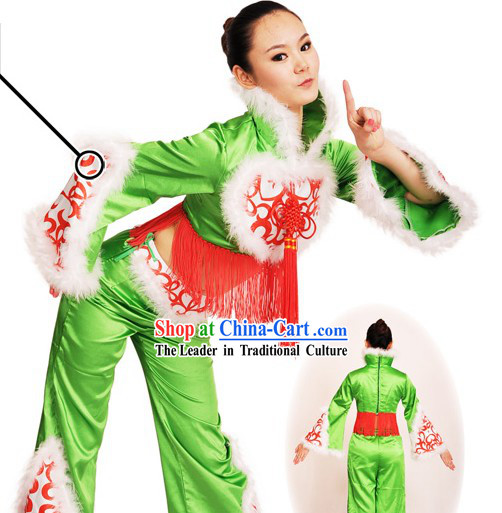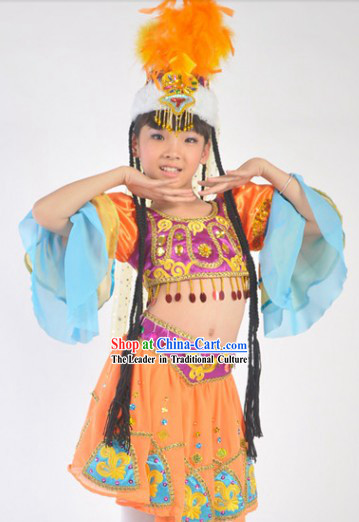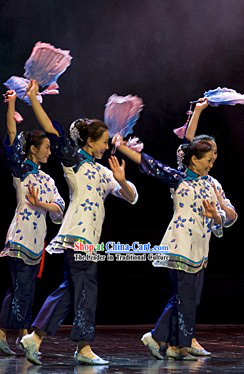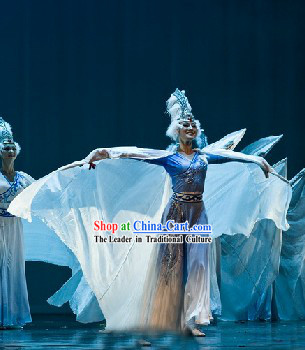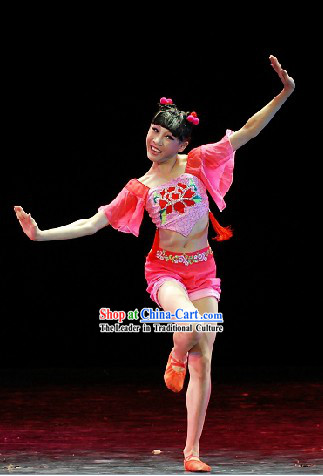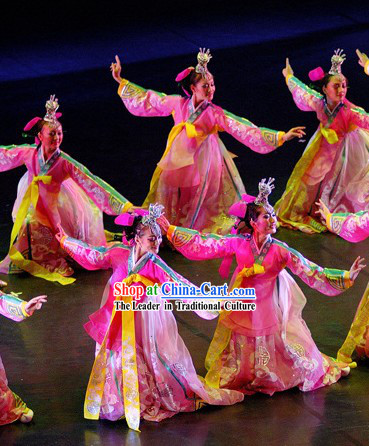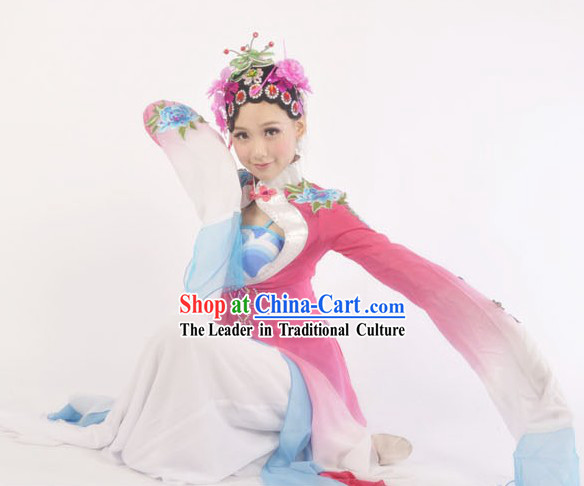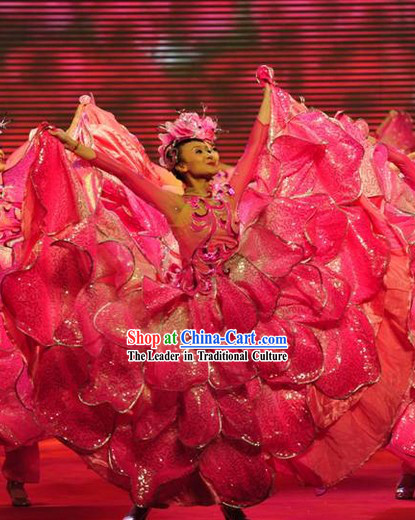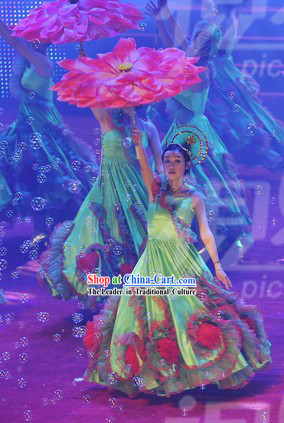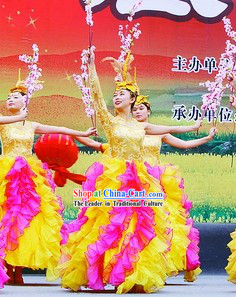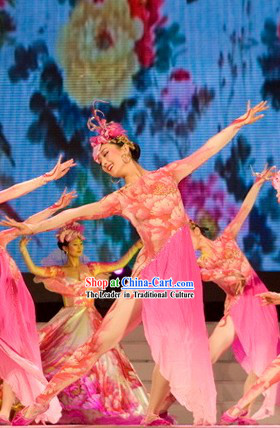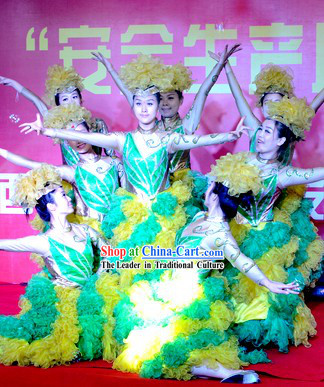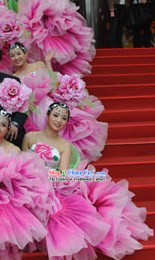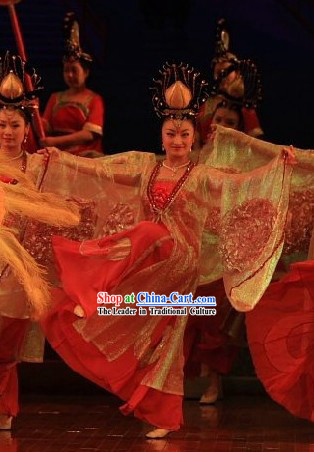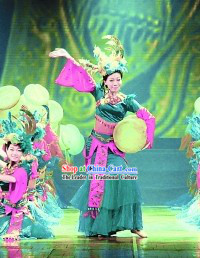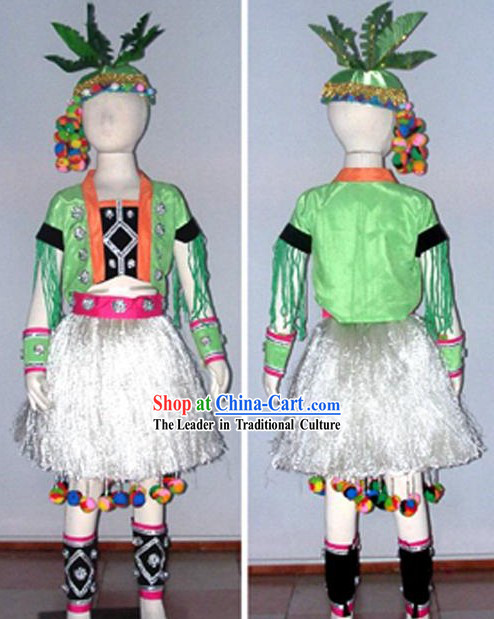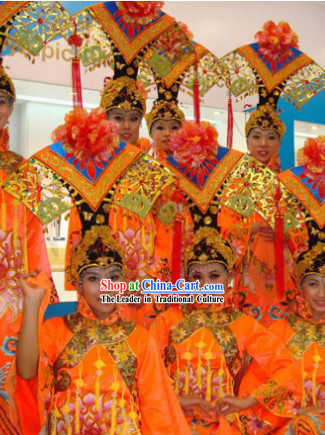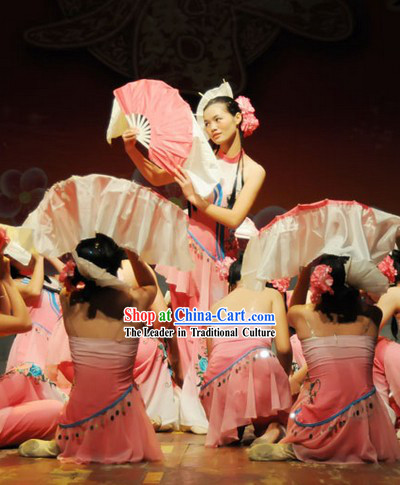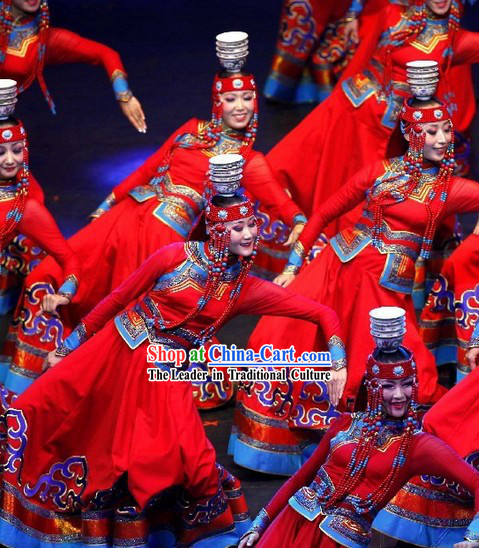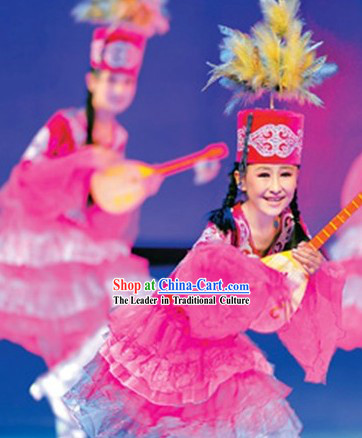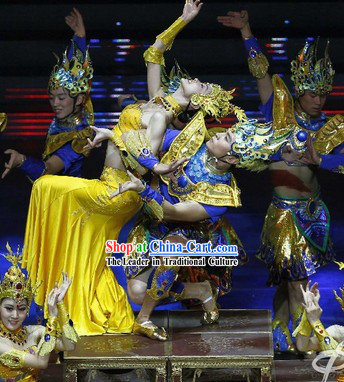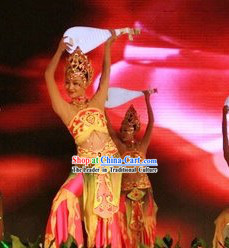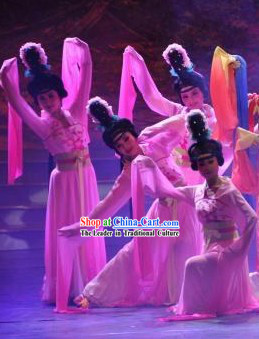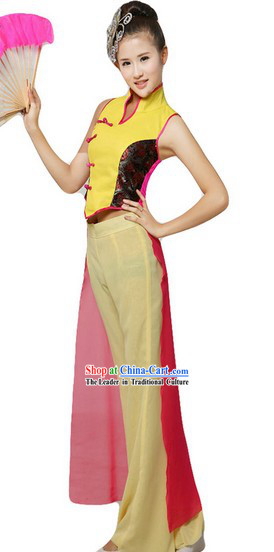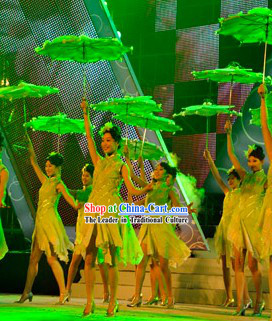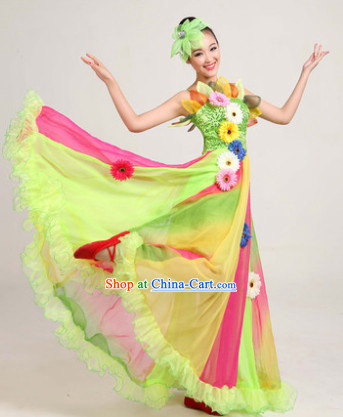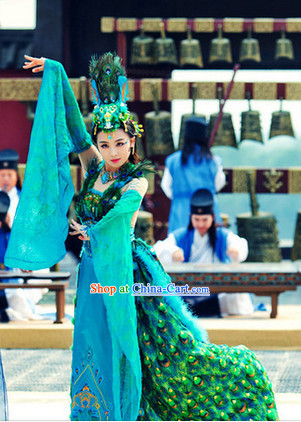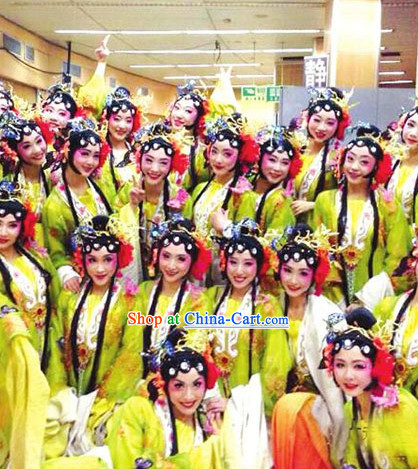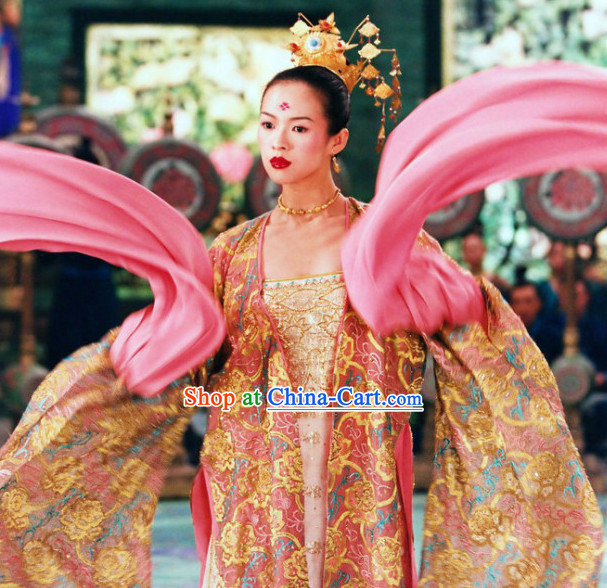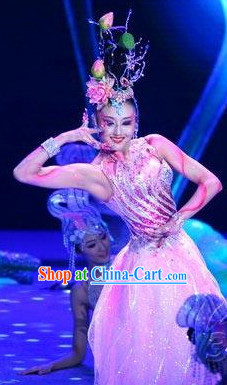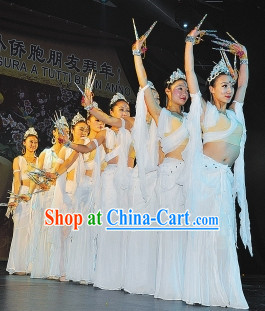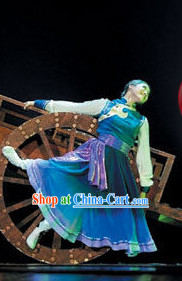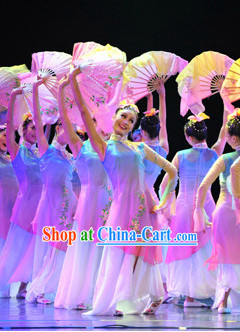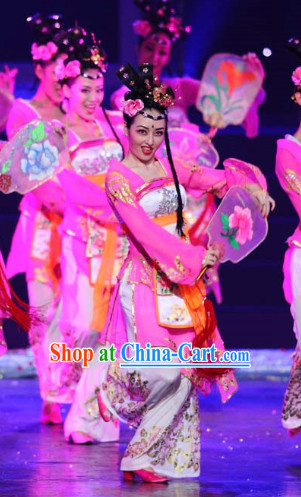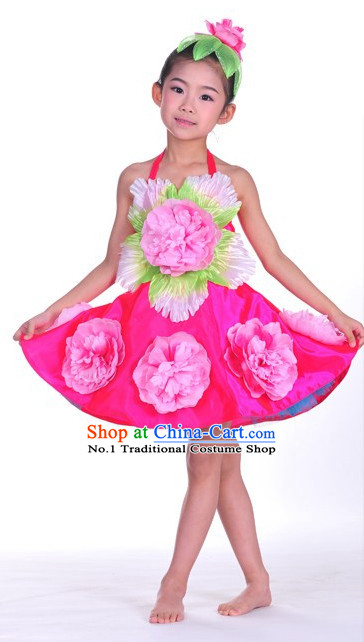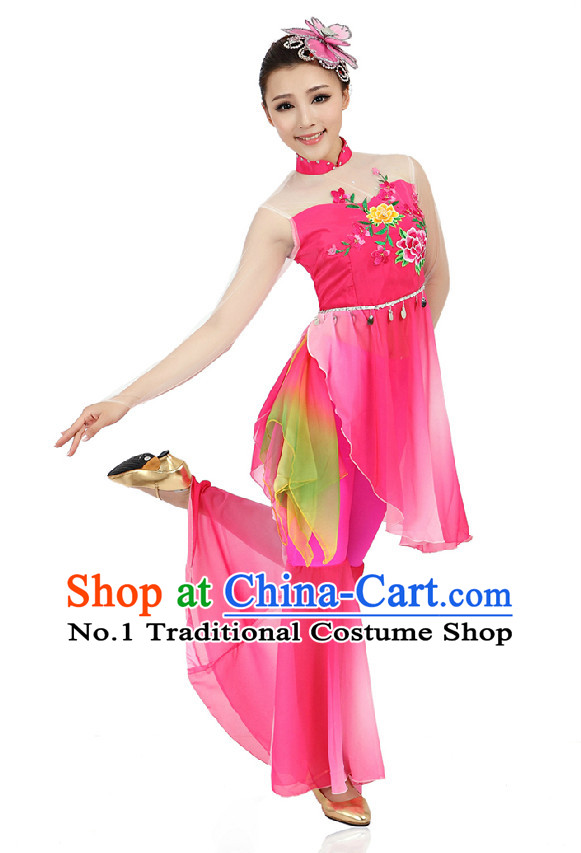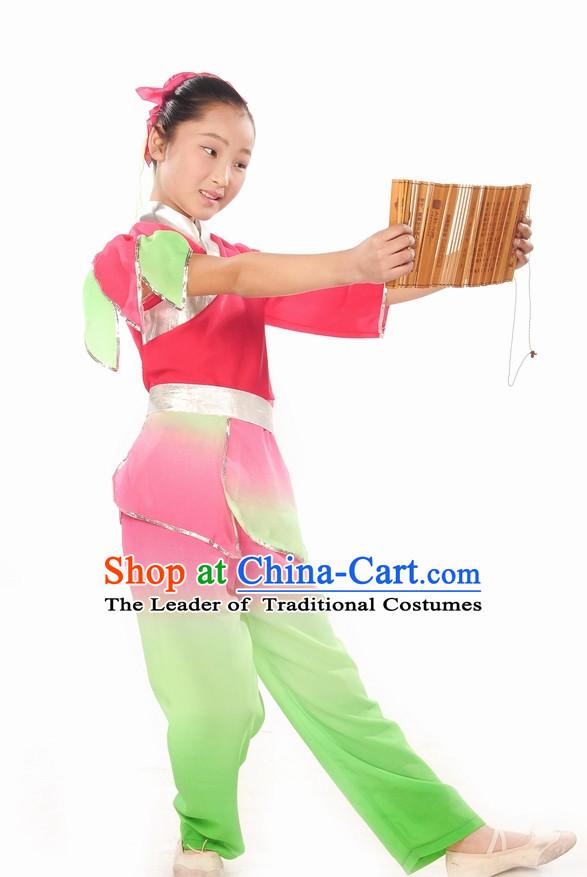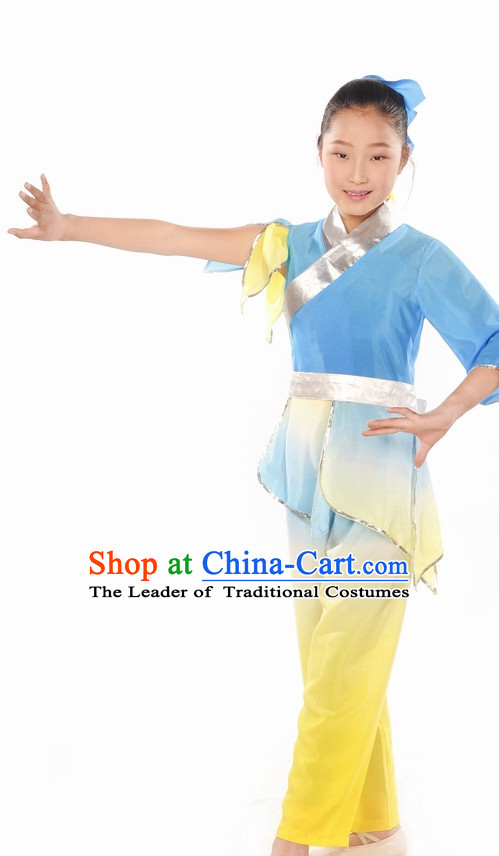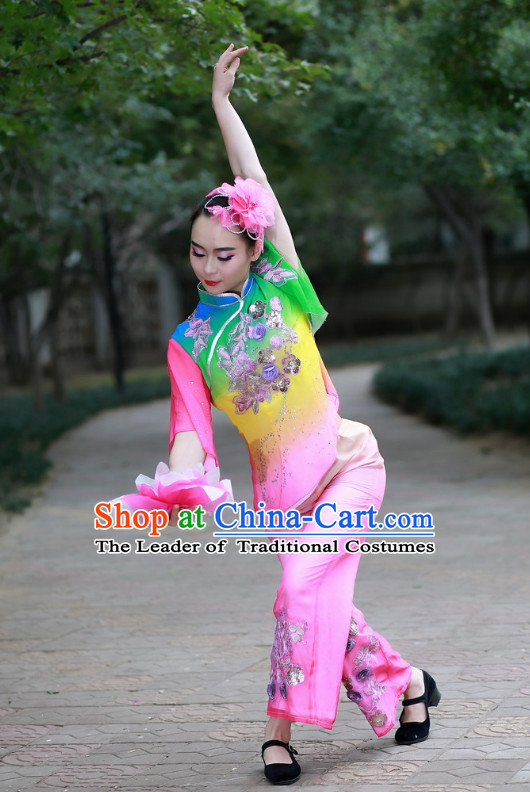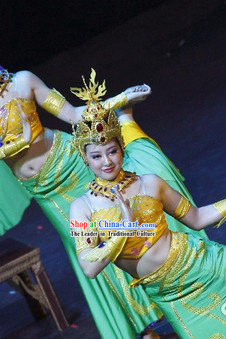
Click Related Pictures for More Audios:
This set of Chinese classical dance costumes and headdresses is a group of exquisite works of art that represent the unique charm of ancient Chinese culture.
The design of these costumes and headdresses is full of rich spiritual connotation and historical significance, demonstrating the prosperity and development of ancient Chinese culture.
The costume and headdress are composed of multiple parts, including the upper garment, skirt, belt, shoes, and headdress.
Each part has a unique design and decoration to showcase different styles and characteristics.
For example, the upper garment is usually made of silk or cotton fabric and embroidered with various patterns and motifs such as dragons, phoenixes, flowers, etc.
The skirt is usually long-sleeved with bright colors and a sense of hierarchy.
The belt is used to secure the upper garment and skirt, usually made of gold or silver thread.
Shoes are also an important component, usually high-heeled to enhance the elegance of women.
Finally, the headdress is the finishing touch of the entire outfit, usually including hair accessories such as hairpins, earrings, etc.
, to add overall beauty and grandeur.
These costumes and headdresses not only have practicality but also high artistic value.
Their design inspiration comes from traditional elements of ancient Chinese culture, such as dragons, phoenixes, flowers, etc.
These elements have special symbolic meaning in Chinese culture, representing good luck, happiness, and prosperity.
By incorporating these elements into the design of costumes and headdresses, artists successfully combine traditional culture with modern fashion, creating a set of artworks that have both historical significance and modern aesthetic value.
In summary, this set of Chinese classical dance costumes and headdresses is a very precious group of artworks that demonstrate the richness and unique charm of ancient Chinese culture.
Whether on stage or in daily life, people wearing these costumes and headdresses can feel the beauty of traditional Chinese culture.

